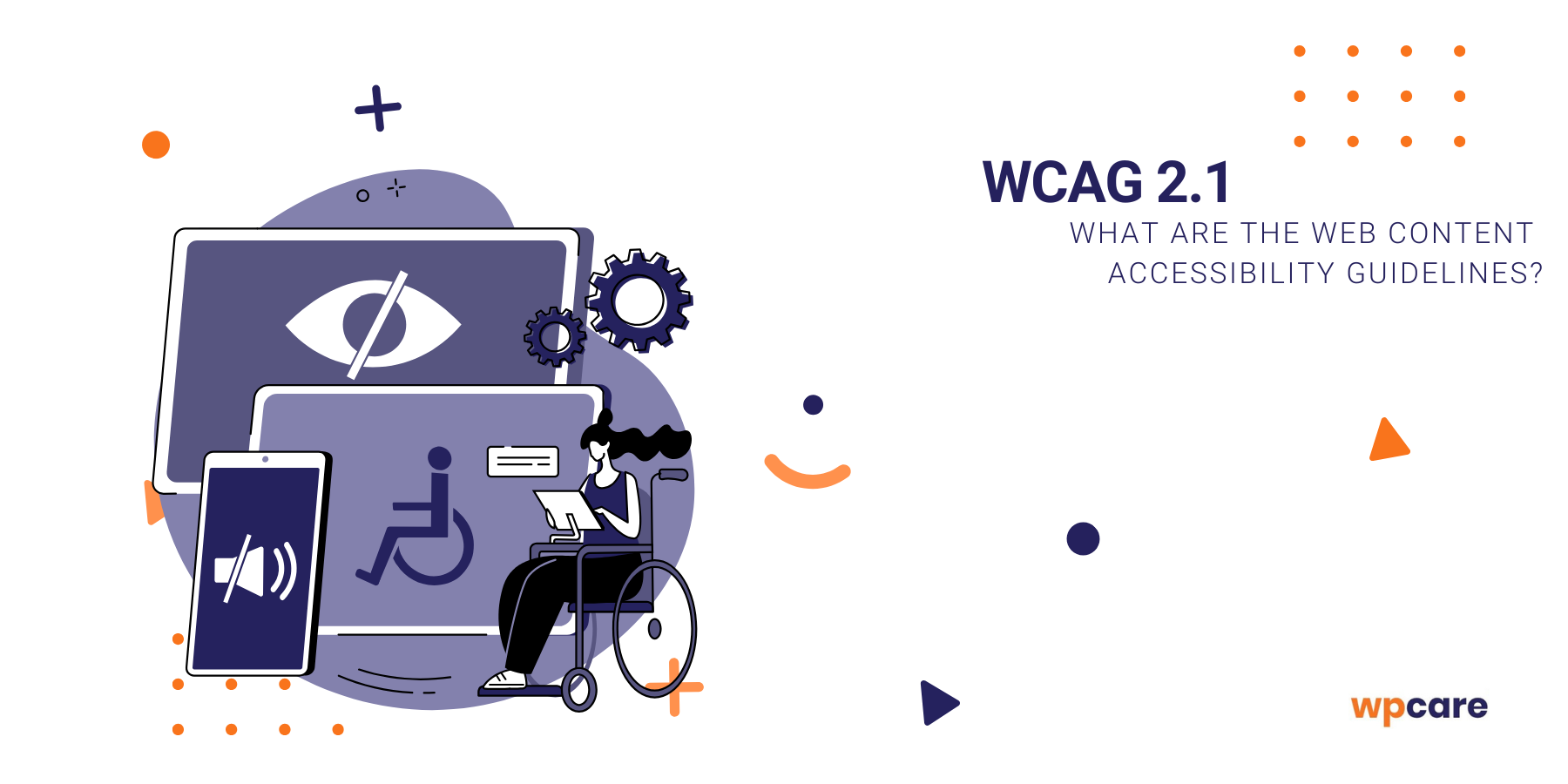In recent years, digital accessibility has moved beyond being merely a desirable feature and has become a concrete initiative aimed at improving the online experience for people with disabilities. This shift is largely driven by the introduction of new directives that require more and more entities to comply with WCAG standards.
Accessibility is increasingly being treated as an ongoing process—one that involves gradually implementing best practices across a broader range of sectors. Until now, the guidelines have applied primarily to the public sector, but upcoming changes set for 2025 aim to enforce these standards in parts of the private sector as well.
In this article, we’ll explain what digital accessibility is, review the guidelines that have been in place so far, and walk you through the upcoming changes introduced by the new law.

What is website accessibility?
Website accessibility is a term rooted in HCI (Human-Computer Interaction). It refers to an approach that focuses on designing and developing websites in a way that makes them usable by the broadest range of users. Crucially, these users should be able to access digital solutions regardless of their skills, age, or the devices they use.
While people with disabilities are often the primary focus, this concept also includes seniors, individuals with limited access to modern technology, and those facing digital barriers for various reasons. By implementing accessibility standards, web content and its presentation become more user-friendly, intuitive, and flexible. This results in better usability and a more comfortable web experience for everyone, without exclusion.
What is WCAG 2.1 and what changes will 2025 bring?
To support these individuals, the international organization World Wide Web Consortium (W3C), responsible for setting standards for web creation and distribution, released a set of guidelines aimed at improving online accessibility. These are known as WCAG (Web Content Accessibility Guidelines). WCAG 2.1, introduced in 2018, marked a milestone in bringing accessibility to the public sphere. However, this was only the beginning in the fight against digital exclusion.
According to the Act of April 26, 2024, which incorporates the EU directive on the accessibility of products and services into Polish law—known as the European Accessibility Act (EAA)—starting from June 28, 2025, businesses will also be required to adapt their products and services to the new guidelines. What does this mean in practice?
- Expanded mobile accessibility criteria
As more users access the web via smartphones and tablets, the new guidelines emphasize optimizing mobile interfaces. This includes responsiveness, touch-friendly navigation, and well-designed interactive elements. - Stricter requirements for multimedia content
Standards for videos, animations, and audio materials have been raised—requiring accurate captions, audio descriptions, and tools for adjusting playback speed. - Improved readability and content structure
The new guidelines recommend simplifying language, increasing text contrast, and clearly marking headers and sections. This helps users with cognitive challenges or concentration difficulties access information more easily. - Interactivity and accessibility of digital tools
In response to advancing technology, the new standards define how to design tools like forms, search functions, and navigation systems so that they are intuitive and fully accessible to users relying on assistive technology. - Increased digital security requirements
Although the guidelines primarily focus on accessibility, they also emphasize data protection and transparency in website administration, enhancing user trust.
Who is obligated to implement WCAG 2.1 standards?
Until now, WCAG compliance requirements applied mainly to public institutions such as:
- public authorities, including government administration, state control, and law enforcement bodies, as well as courts and tribunals,
- local government units and their associations,
- budgetary units,
- local government budgetary establishments,
- executive agencies,
- budgetary economy institutions,
- state special-purpose funds,
- independent public healthcare institutions,
- public universities,
- state and local government cultural institutions,
- other state or local legal entities created by separate laws to perform public tasks, excluding businesses, research institutes, banks, and commercial companies.
According to the latest regulations, WCAG compliance is no longer limited to public entities.
This brings significant changes for businesses. Now, many private enterprises are required to ensure the accessibility of their online products and services. The new laws affect various sectors of the economy, including ICT, e-commerce, transportation, and banking. Specifically, the act applies to:
- Products such as: computers, smartphones, payment terminals, self-checkout kiosks, train ticket machines, and e-book readers.
- Services: e-commerce, e-services, and retail banking.
WCAG non-compliance penalties – what are the consequences?
Both the 2018 act and the new legislation impose financial penalties on entities that fail to comply with mandatory guidelines. Now fines could reach up from €5,000 to €100,000, but the new regulations allow for higher penalties and their accumulation in cases of persistent violations. Additionally, failure to implement the new guidelines by 2025 may lead to public backlash, which, in an era of growing social awareness, can be just as damaging to a company’s reputation.
Summary
The evolving needs of users and rapid technological advancements make website accessibility an essential part of digital design. WCAG guidelines have been shaping design standards for years, but the upcoming 2025 regulations introduce further requirements to improve the user experience for everyone.
Focusing on accessibility is not just a legal obligation—it’s a sign of social responsibility and care for users who may otherwise face digital exclusion, limiting their basic rights to information and communication. Adopting both current and future guidelines benefits all stakeholders—from public institutions and businesses to individual internet users.
We’ll conduct a WCAG 2.1 audit and adapt your WordPress site to meet the latest requirements!
Avoid the risk of steep fines and losing your customers’ trust! We’ll handle the entire accessibility process for your website, so you can focus on what matters most—running your business.



